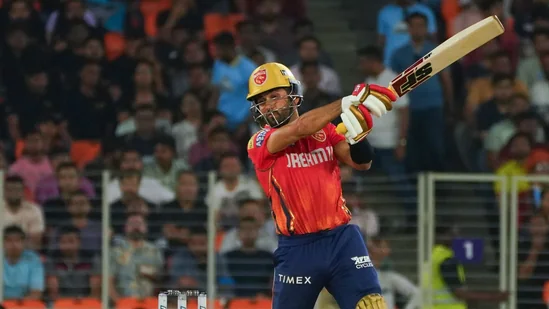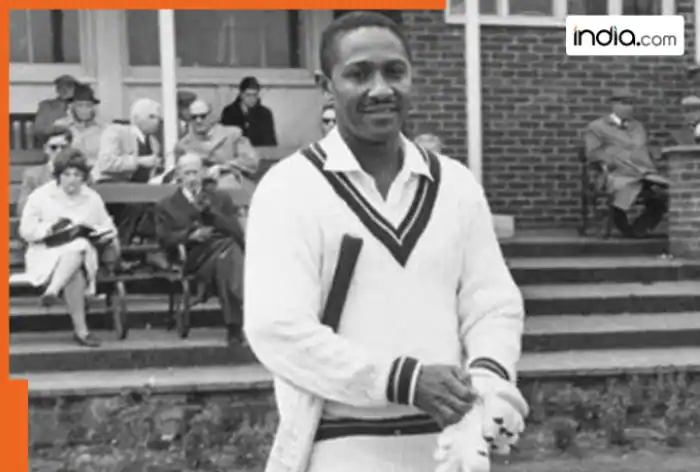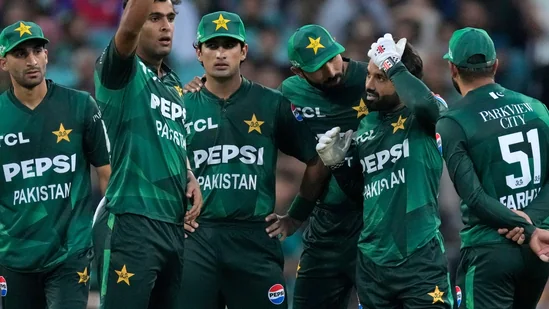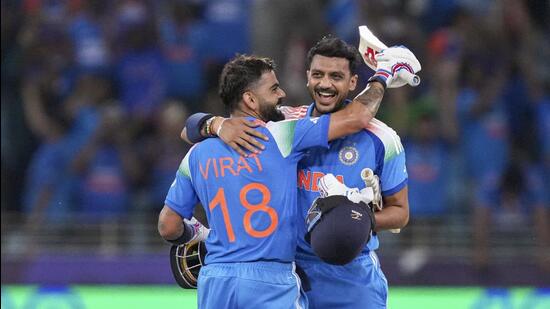Why BCCI Enforced Strict WAGs Policy After Indian Players Stayed in Separate Hotels and Didn't Bond During Australia Tour
The term WAGs, short for Wives And Girlfriends, emerged in the early 2000s within the realm of sports, particularly referencing the significant others of England's football players who accompanied them during international tournaments. It gained significant traction amongst English fans during the 2006 World Cup held in Germany, where tabloids prominently showcased the partners of David Beckham's team on the back pages, while the WAGs themselves became front-page news at the team's base camp in Baden Baden. Though the initial hype may have subsided, the acronym WAGs has since become a permanent fixture in the sporting lexicon, expanding to encompass other sports and countries.
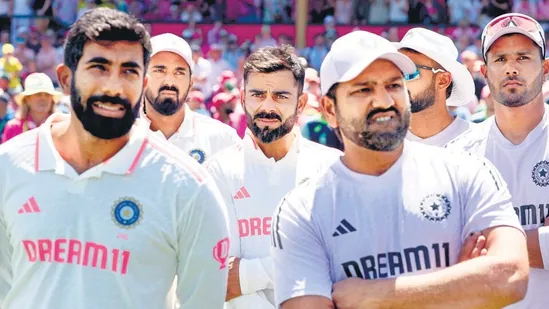
Wives, if not partners, travelling with the Indian cricket team isn’t a recent phenomenon. It dates back at least 45 years, if not more, but seldom has it been as much of a talking point as now. An old new policy is set to be re-implemented with restrictions on when and for how long families can accompany a player on tour, depending on its duration, largely designed to ensure that the spirit of the ‘team’ remains intact even if the convenient interpretation is that the better halves are being held responsible for the non-performances of their spouses.
Only very recently, an Indian batting legend told me of the days when players stayed two to a room and the wives of one of them arrived midway through an overseas tour. “The considerate roommate would move out,” he said, adding with a chuckle, “often to a room occupied by fast bowlers. Why fast bowlers, you ask? Because their beds would invariably be unoccupied. To protect their backs, they would sleep on the hard floor, so there were always a few extra beds available.”
Even as recently as till the 2000s, the concept of an Indian cricketer getting a single room was alien, which meant adjustments had to be made when wives and kids flew over. of this was done on the down-low. The team manager had the authority, and the common sense, to approve these arrangements. That was a time when more interest centred on what happened on the field, not off it, and when the media wasn’t as intrusive and insatiably inquisitive as today.
When the wives and children did come along, there was a festive air of sorts. They all got along extremely well, hung out together at the ground and in the hotel, made friends and memories. It was one big, happy family, insulated by the results on the ground and insulating their under-pressure husbands/parents from the tugs and pressures of high-stakes competitive sport.
It took a while for official protocols to be put in place once the Indian team started to travel more frequently. Until the Covid-19 pandemic, these protocols were followed in spirit, if not always necessarily to the letter. That’s why there have been instances of partners featuring in an official team photograph or being part of a team (only)-bonding exercise, but these weren’t often enough or in-your-face enough to blow up into an uncontrollable inferno.
The Covid-19 effectThe pandemic compelled us to view the world we lived in through an entirely different prism. The relaxations in guidelines were organic, with physical well-being and mental health placed on par. That spawned the phase when, even though the original protocols remained unaltered, there was no longer an unyielding module when it came to travel plans. Given that each player had a room to oneself, the BCCI was happy to accommodate requests for wives, and girlfriends, to come on tour for unrestricted periods, a positive development that showed that the apex body’s heart was in the right place and that it didn’t treat its employees as mere commodities at a trying time for all concerned.
A return to the pre-Covid model has been provoked by the events in Australia that extended beyond the field of play. India’s 1-3 surrender has sparked a frisson of outrage and compelled a need for accountability. It’s true that in Australia, India didn’t resemble a team in the strictest sense of the word. There was a sense of being disjointed with one or two players travelling with their families from one city to another, independent of the rest of the team. Not everyone stayed in the same hotel, players and families hardly bonded at the end of a day’s play or even on non-match days, and several seemed to be in a bubble of their own, reporting for duty in the morning and then heading home after the day’s work.
That’s hardly the ideal way to foster spirit and camaraderie, essential ingredients for success in any field but especially in sport. An insistence on greater discipline and stricter adherence to protocols might appear knee-jerk, but it certainly isn’t as draconian as is being made out.
Stay informed with the latest updates on live cricket score, cricket players, match schedules and ICC rankings. Keep an eye on your favourite cricket team, including the stellar performances of Rohit Sharma and Virat Kohli. Check out the cricket schedule, WTC 2025 Points Table track team standings and dive into player stats and rankings on Crickit powered by Hindustan Times website and app. .freemium-card h4{color:#fff; padding-bottom:20px;} .freemium-card .freemium-content .subcTxt{padding-bottom:16px; color:#fff;} .freemium-card .freemium-content{width: auto; max-width: inherit;} .freemium-card .freemium-content .subcTxt{max-width:inherit; font-size:18px; padding-top:0; line-height:24px} .freemium-card .btnSubc{margin} .freemium-card .btnSubc a{background:#000; color:#fff; min-width:auto; padding:5px 15px; border-radius:6px; font-size:16px; line-height:22px; font-weight:700;} .freemium-card{height:285px} @media (max-width: 767px) { .freemium-card h4{font-size:28px} .freemium-card .freemium-content{max-width:360px; padding: 20px;} .freemium-card{height:303px; background-position: 100% 0; } }RELATED STORIES


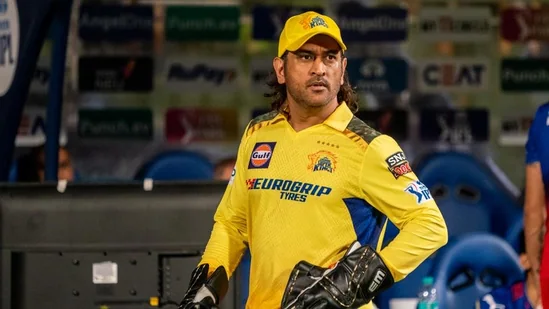
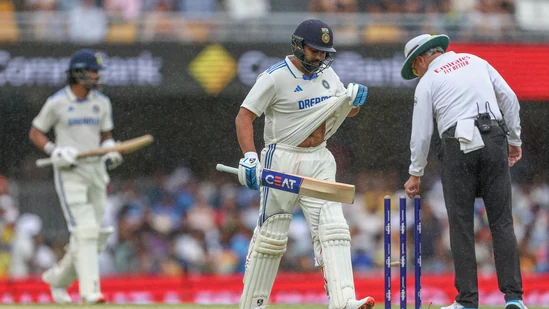
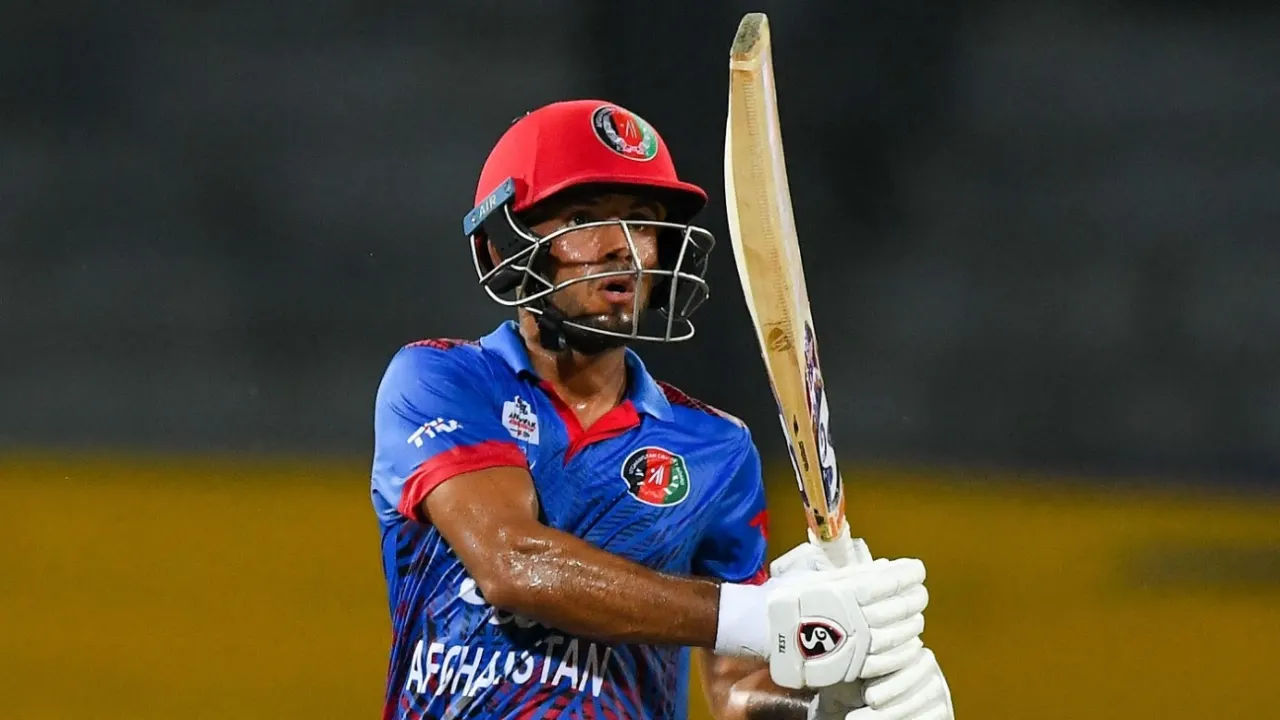
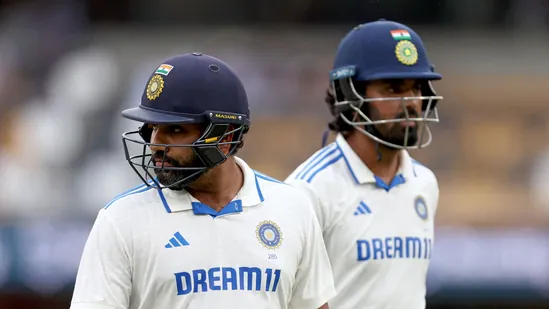
LATEST NEWS
